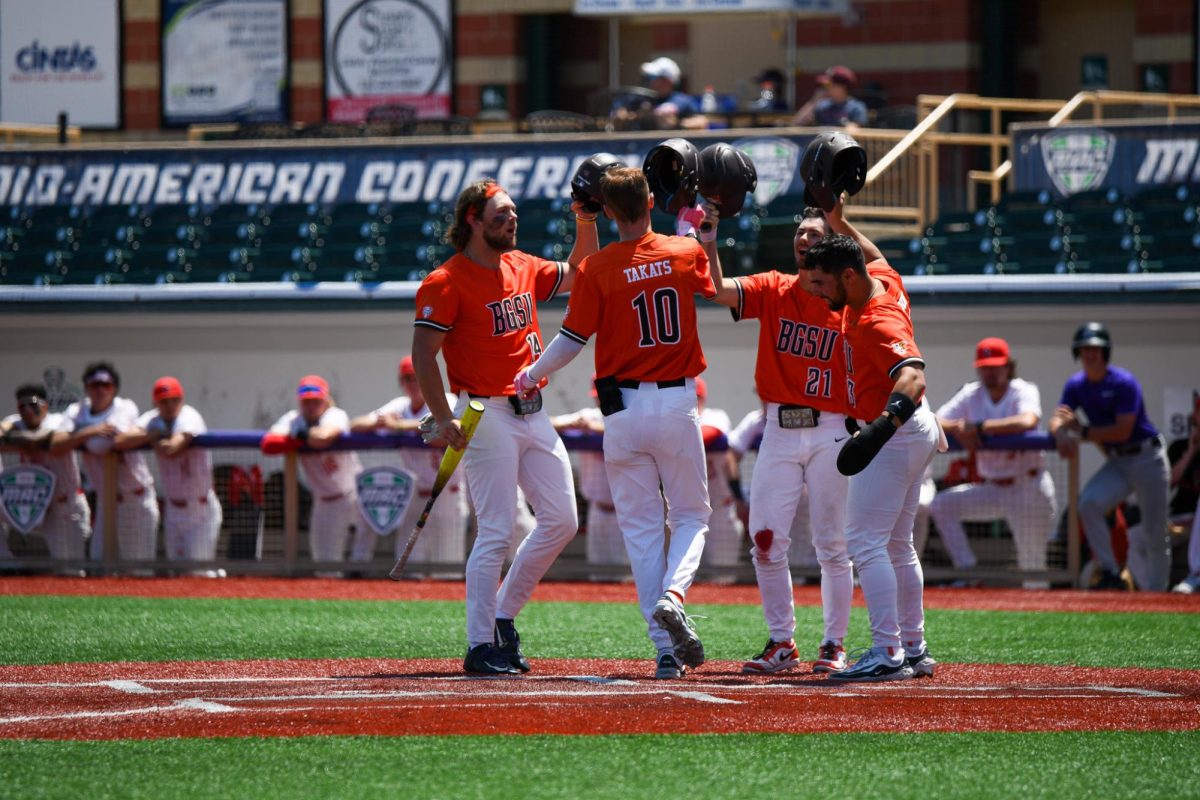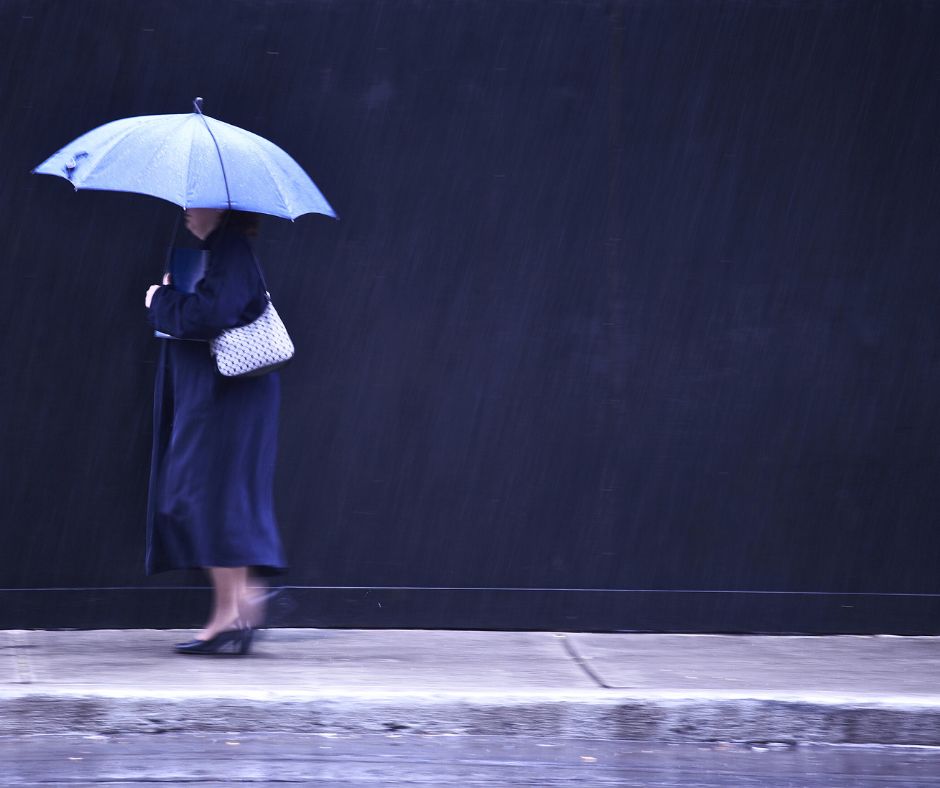There is something to be said about the popularity of collegiate sports in today’s society.
It’s no secret that sports are a major talking point among University alumni, students, faculty and staff. People know when Dino Babers and the football team plays well or not so well.
University athletic departments around the country are “the window of the university,” as Francis Voll, chair of the University’s Board of Trustees calls it.
The University’s so called “window,” has produced a football team that won the inaugural Camellia Bowl Dec. 20, 2014, its first bowl win since 2004, which brought in a total of 1.1 million viewers from across the country to an ESPN network.
According to a New York Times article, the Falcons’ win in the Camellia Bowl had a higher viewership than nine early-round NCAA Tournament basketball games.
“You can’t really afford to pay that kind of advertising,” Voll said. “You are on TV for three hours. Bowling Green State University, that’s coast to coast, so that’s big for us, no question.”
But what has been questioned is how much the University athletic department receives in general fees from the students.
According to the Proposed 2015 general fee and related auxiliary budgets approved by the Board of Trustees, the amount of general fees the athletic department receives is $12,282,708. That is 63 percent of the department’s $19,303,808 expected revenue budget. While that percentage is high, it is lower than what it was in 2014.
In 2014, general fees supported 70 percent of the athletic department’s $18,073,732 revenue budget, according to the same document. In 2014 the athletic department also received $435,895 more in general fees. That put the University fourth in the MAC when it came to general fees supporting the athletic departments, according to a story written by Jon Styf of Chicagofootball.com.
An increase in private income [alumni or donor contributions] would help lower the amount of general fees that supports the department. That is something Voll said he and the Board of Trustees would like to see more of.
“We would like to see more private income coming into athletics. Generated money is what we would like to see,” Voll said. “We know that it is very difficult to cover the budget with the amount of sports we have and almost 400 athletes that are involved.”
“But we would like to continually see that become a bigger number and I think Chris Kingston has done a good job of trying to find ways to increase our money to operate that particular budget.”
Athletic director Chris Kingston held an open public forum Monday, April 20, 2015, to discuss in-depth the athletic department’s spending. A few students there expressed frustration and were interested in how much they pay for services that they
do not use.
“I think that in the spirit of transparency, doing a forum or speaking with faculty senate, which I did the other day, is a great thing.” Kingston said in a separate interview. “We are a state public institution so I welcome it. [The forum] gives me an opportunity to find out what people’s questions are.”
At the forum Kingston broke down all of the different revenue avenues for the department: the conference distributions, game guarantees and tickets are the three highest revenue sources, but there are many others.
Combined, those three sources are predicted to bring in $2,270,510 in 2015, according to the proposed budgets approved by the Board
of Trustees.
University spokesman Dave Kielmeyer said, “I think the board and the administration has made a commitment that we do need to control fees and costs for our students, so the push now is those new revenue sources and private giving. I see pressure in finding those new sources.”
But at the forum Kingston said he wouldn’t call it pressure, “but I think that’s the way we are looking at it. … competing, remaining relevant competitively and academically within the Group of Five.”
“This isn’t just football, basketball or hockey … this is about making sure that women’s soccer has the opportunity to compete at the highest level. That the golf teams have the opportunity to fund their programs and represent Bowling Green State University.”
Representing the University is one of the things Kingston and many others in the administration cited as a benefit the athletic department brings.
“You have to look at the societal thing and what makes universities move forward,” Voll said. “Certainly there is a lot to be gained by having an overall, strong, successful and legitimate athletic program. Anytime our hockey team does well, anytime we are winning games over Toledo, all of these things that take place there is an increase in contributions.”
Where those contributions go is up to the “wishes of the donor,” Kingston said. There is an annual giving that comes with being a member of the Falcon Club, but other than that a donor has the opportunity to designate their money how they want.
If the contribution is not designated and just comes into the general athletics foundation fund, it goes toward scholarships, which is the number one need of the department.
So the question that remains is, does the University put a priority on athletics over academics and other student services?
Kielmeyer says they keep it in balance.
“I think we’ve done a good job of holding the line on student fees and costs whenever we can,” Kielmeyer said. “I think compared to our peers we are doing more with less and doing a little bit better at achieving that
balancing act.”
Chief Financial Officer Sherri Stoll said that every school that has an athletic department in Ohio — except Ohio State — gives a majority of their general fees to their athletic department. To keep it in perspective, the University in 2013-2014 was fourth in general fees among the six Ohio MAC schools.
The only two universities who had less general fees according to the Chicagofootball.com article, were the University of Toledo, with $10,504,815, and the University of Akron, with $0.
While they may have been fourth in the MAC in 2013-2014 the University is one of two universities — the other being Toledo — that don’t support athletics through their general budget. The priority for the general budget is retention, said President Mary Ellen Mazey at the forum.
“Retention efforts primarily come of out the budget, not the student fee budget,” she said. “[Retention] is the number one priority of the institution. I don’t see [athletics and retention] in competition.”
While the University’s general budget does not go towards athletics the national conversation about athletic department spending is sure to continue. And while Voll and Board of Trustees may want the Athletic Department to bring in more private money, no thought has gone to cutting the budget and dropping to Division II.
“I think we want to stay Division I,” said Voll. “I think there is a niche there, but we have to be mindful of how and what we are doing to make sure that works.”






















